When Do You Prune Blueberry Bushes
When you think of a thriving garden, what image comes to mind? For many, it’s the sight of lush green foliage and vibrant, plump berries hanging from blueberry bushes. Blueberries not only add a burst of color to your outdoor space but also offer a tantalizing treat that’s as delicious as it is nutritious.
However, behind this picturesque scene lies a secret to ensuring the health and bountiful harvest of these berry-laden beauties: the art of pruning. In this all-encompassing guide, we’ll explore the world of blueberry bush pruning, delving into the intricacies of when and how to trim these bushes for optimal growth and berry production.
From understanding the timing to mastering the techniques, get ready to cultivate a bounty of berries that will elevate your gardening journey to new heights.
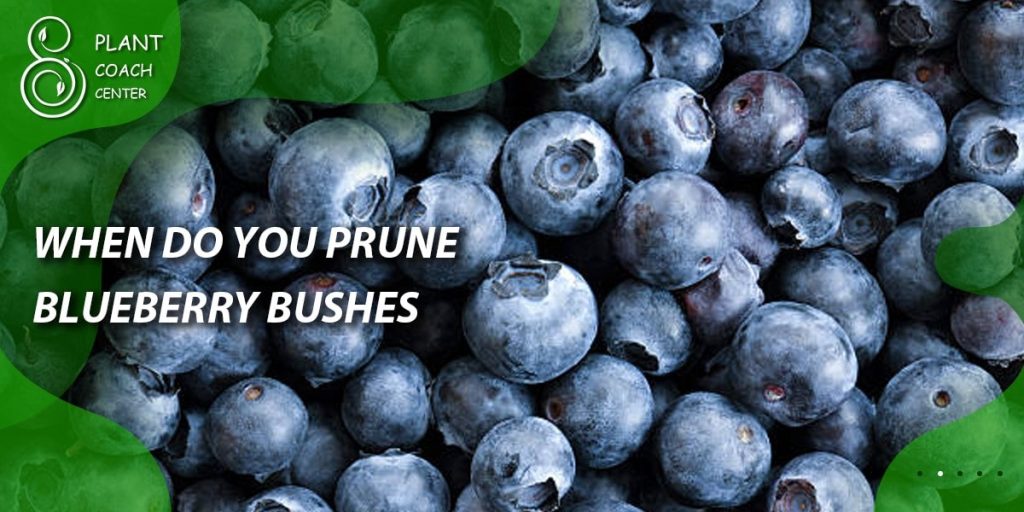
The Magic of Blueberry Bushes: An Overview
Before we dive into the art of pruning, let’s take a moment to appreciate the magic that blueberry bushes bring to our gardens. With their delicate clusters of berries ranging from shades of deep blue to pale violet, blueberry bushes are not only a visual delight but also a culinary treasure.
Their juicy and flavorful berries are not only a healthy snack but also a versatile ingredient in various dishes, from pies and pancakes to salads and smoothies. The relationship between blueberry bushes and pruning is a harmonious one. Proper pruning doesn’t just enhance their aesthetic appeal; it also promotes their overall health and productivity.
Pruning Connection: A Delicate Symphony
Imagine pruning as a delicate symphony where each cut of the pruning shears is a note that contributes to the overall harmony of your garden’s composition. Pruning isn’t merely a chore; it’s an intimate dialogue between you and your blueberry bushes.
Just as a conductor guides an orchestra to create a masterpiece, you, the gardener, guide the growth and development of your blueberry bushes through strategic pruning. Every snip has a purpose, every cut shapes the plant’s trajectory, and the garden becomes a living canvas upon which the melody of growth is painted.
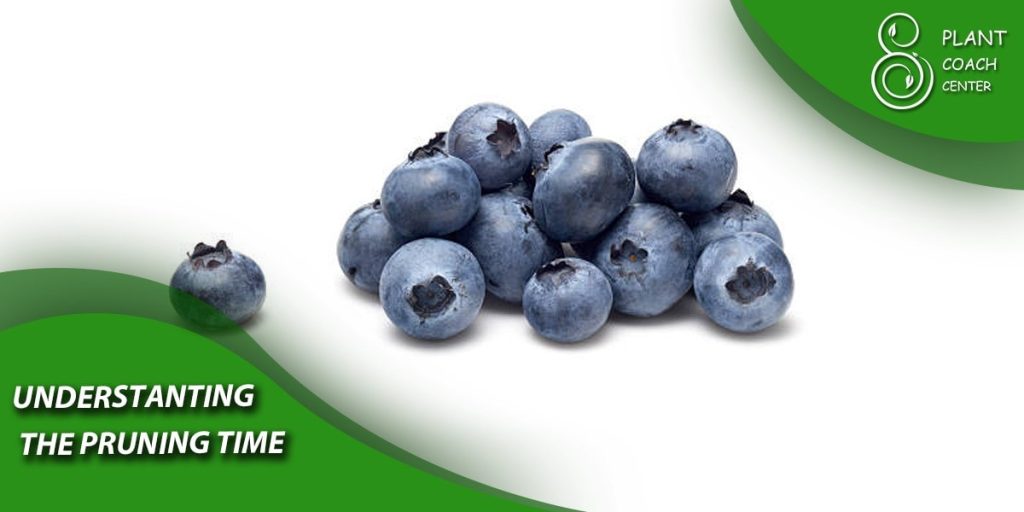
Understanding the Pruning Time
Timing is everything when it comes to blueberry pruning. The secret to successful pruning lies in choosing the right moment to wield your pruning shears. There are two key periods that mark the optimal time for blueberry pruning:
Winter Pruning: Preparing for a Vibrant Spring Awakening
As winter blankets the landscape, blueberry bushes enter a period of dormancy. This is the ideal time to perform your first round of pruning. With the leaves gone, the bushes’ structure becomes more visible, making it easier to assess and shape them.
Winter pruning involves removing dead, damaged, or diseased branches, as well as those that are overcrowded or crossing each other. By cleaning up the bushes during this period, you create a clear canvas for new growth when spring arrives.
Post-Harvest Pruning: Shaping for a Fruitful Future
After the berries have been harvested in late summer, it’s time for your second round of pruning. This phase focuses on shaping the bushes to encourage new growth and the development of next year’s berries.
By trimming back overgrown branches and thinning out dense areas, you enhance air circulation and sunlight penetration, reducing the risk of disease and improving berry quality.

Pruning Tools: Your Artist’s Arsenal
To successfully sculpt your blueberry bushes, you’ll need the right tools in your gardening arsenal. Imagine these tools as extensions of your hands, allowing you to shape and nurture your bushes with precision. Here are the essential pruning tools you’ll need:
Pruning Shears:
Also known as secateurs or pruners, these handheld tools are perfect for making precise cuts on smaller branches and stems. Look for bypass pruners, which have a curved blade that slides past a thicker, non-cutting blade, creating clean cuts that promote healing.
Loppers:
For branches that are too thick for pruning shears, loppers come to the rescue. These longer-handled tools offer greater leverage, making it easier to cut through branches up to an inch or more in diameter.
Pruning Saw:
When dealing with thicker branches that loppers can’t handle, a pruning saw is your go-to tool. Pruning saws feature sharp teeth designed to cut through wood efficiently, ensuring a clean and precise cut.
Safety Gear:
As you embark on your pruning journey, don’t forget to protect yourself. Sturdy gloves shield your hands from thorns and splinters, while protective eyewear keeps debris out of your eyes. Proper footwear provides stability and reduces the risk of slips or accidents.
Disinfectant:
To prevent the spread of diseases, consider using a disinfectant spray or solution to clean your pruning tools between cuts, especially when working with multiple plants.
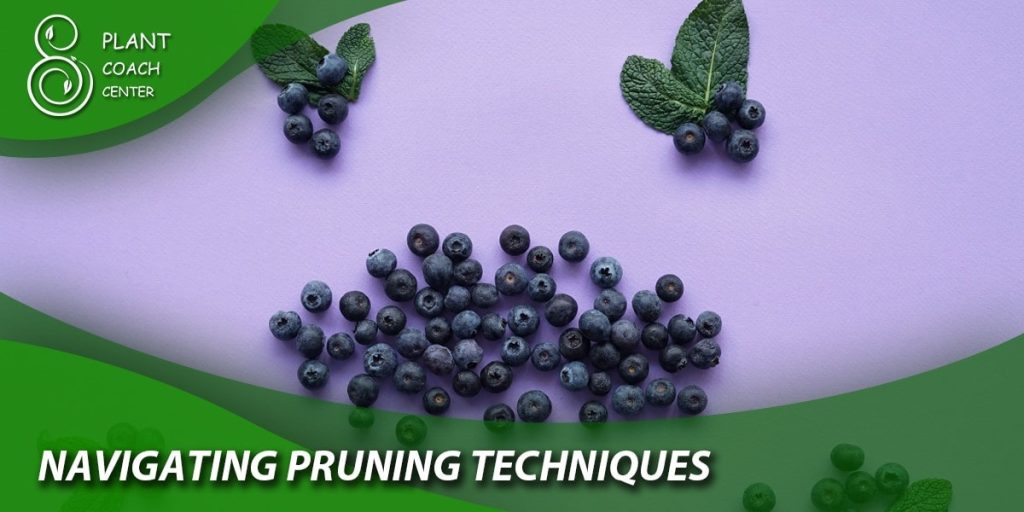
Navigating Pruning Techniques
Now that you’re armed with the right tools, it’s time to master the techniques that will help you prune your blueberry bushes effectively. Pruning involves a combination of assessing the plant’s condition, removing dead or unwanted growth, and shaping the bushes to encourage new growth and berry production.
Assessing the Landscape:
Before you begin pruning, take a close look at each blueberry bush. Observe its overall structure, noting any branches that appear weak, damaged, or diseased. Identify areas where branches are crossing or rubbing against each other. This assessment will guide your pruning decisions and help you create a well-balanced and healthy bush.
Thinning for Optimal Growth:
Thinning is a technique that involves selectively removing certain branches to improve air circulation, light penetration, and overall plant health.
To thin your blueberry bush, start by removing older wood that is no longer productive. Focus on branches that are low, crowded, or growing inward. Thinning not only boosts the vitality of the remaining branches but also allows more space for new growth and berry development.
Renewal Pruning for Long-Term Success:
Renewal pruning is a strategy that involves gradually rejuvenating an older blueberry bush over the course of several years. This technique is particularly useful for bushes that have become overgrown, unproductive, or neglected.
The goal of renewal pruning is to stimulate new growth from the base of the plant while gradually removing older, less productive branches. Each year, prune out one-third of the oldest branches, allowing new shoots to take their place. This gradual approach prevents shock to the plant and encourages steady rejuvenation.
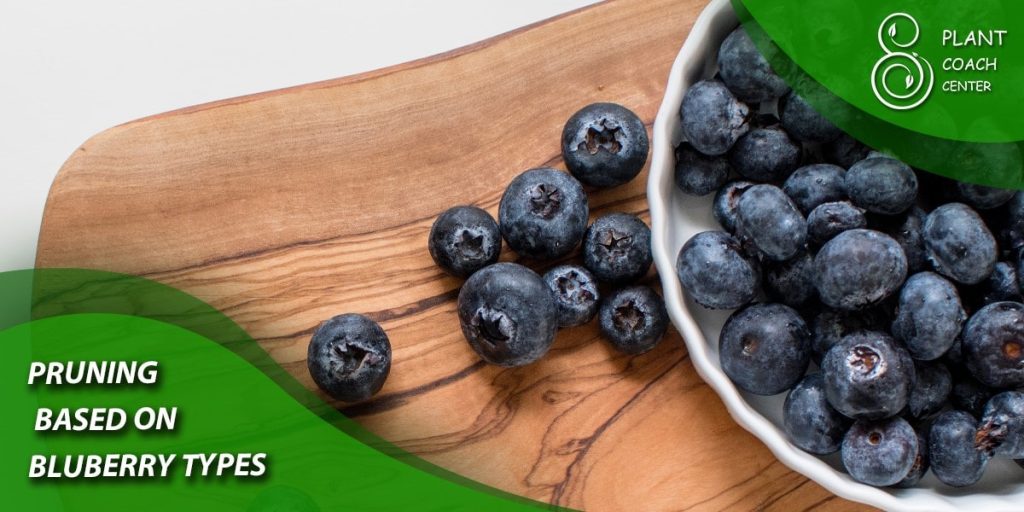
Pruning Based on Blueberry Types
Different types of blueberry bushes have varying growth habits and requirements, which influence how you should approach pruning.
Highbush Blueberries: Combining Winter and Post-Harvest Pruning
Highbush blueberries are the most common variety and can benefit from both winter and post-harvest pruning. Start with a thorough winter pruning to remove dead or diseased wood and create an open structure. Follow up with post-harvest pruning in late summer to shape the bushes and promote new growth for the following year’s harvest.
Lowbush Blueberries: Tailoring Pruning for Sprawling Growth
Lowbush blueberries, also known as wild blueberries, have a more sprawling growth habit. Pruning these bushes involves removing the oldest and least productive stems at ground level during the dormant season. This practice encourages the growth of new shoots and maintains the health and vigor of the plant.
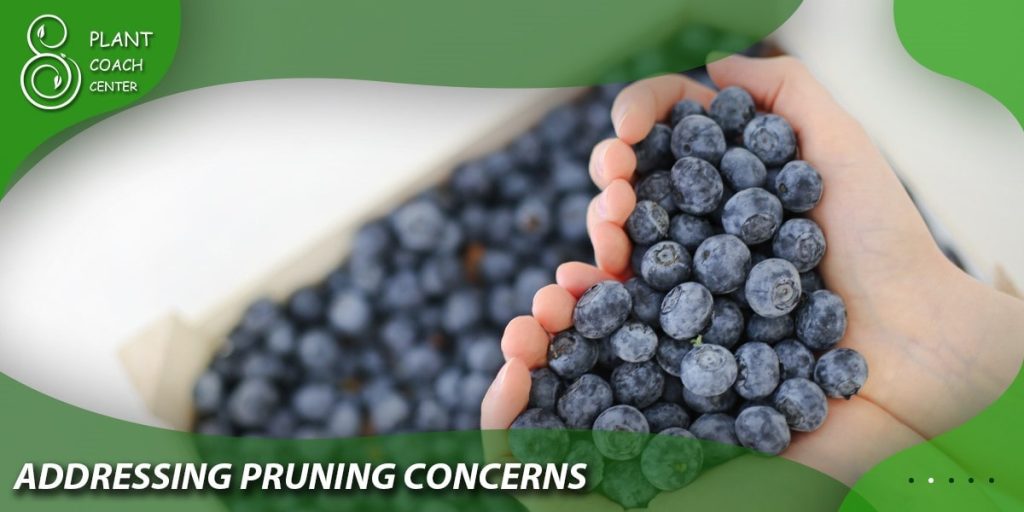
Addressing Pruning Concerns
Pruning blueberry bushes is a skill that takes time to master, and it’s natural to have questions and concerns along the way. Let’s address some common worries and provide solutions:
Over-Pruning Woes: Avoiding Stifling Potential and Reducing Health
Over-pruning can weaken your blueberry bushes and limit their ability to produce berries. To avoid over-pruning, follow the recommended pruning techniques and timelines for your specific blueberry type. Remember that the goal is to strike a balance between removing excess growth and preserving the plant’s overall health.
Late Pruning Risks: Preventing Impacts on Future Berry Production
Pruning too late in the season can potentially remove flower buds and affect next year’s berry production. To mitigate this risk, stick to the recommended pruning windows: winter pruning during dormancy and post-harvest pruning after berry picking. By following these guidelines, you’ll ensure that your blueberry bushes have ample time to develop new buds for the upcoming growing season.
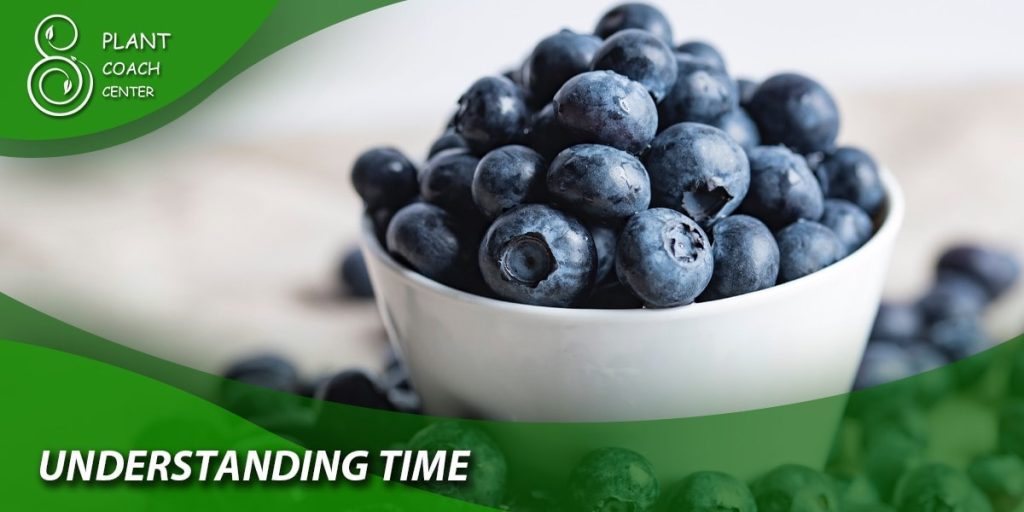
Conclusion:
As you put the finishing touches on your blueberry pruning endeavors, take a moment to appreciate the journey you’ve embarked upon. Pruning blueberry bushes is an art form that requires patience, observation, and skill.
By understanding the timing, mastering the techniques, and embracing the symphony of growth, you’ve set the stage for a spectacular performance in your garden. The canvas of your outdoor space is now adorned with meticulously pruned blueberry bushes, each branch a testament to your dedication and expertise.
When is the best time to prune blueberry bushes?
Perform winter pruning during dormancy and post-harvest pruning after berry picking.
Can I prune my blueberry bushes in the fall?
Fall pruning risks removing next season's buds, so it's best to stick to the recommended pruning windows.
How often should I prune my blueberry bushes?
Annual pruning, combining winter and post-harvest techniques, is typically sufficient.
Do all blueberry bushes require the same pruning approach?
Different blueberry types, such as highbush and lowbush, have specific pruning requirements.
Can I shape my blueberry bushes to control their size?
Yes, strategic pruning can help manage size while promoting health and berry production.
What should I do if I accidentally prune too much from my blueberry bushes?
While over-pruning can stress the plants, they are resilient and often recover over time.
Can I use the same pruning tools for all types of blueberry bushes?
Yes, the essential pruning tools mentioned in the article are suitable for various blueberry types.







